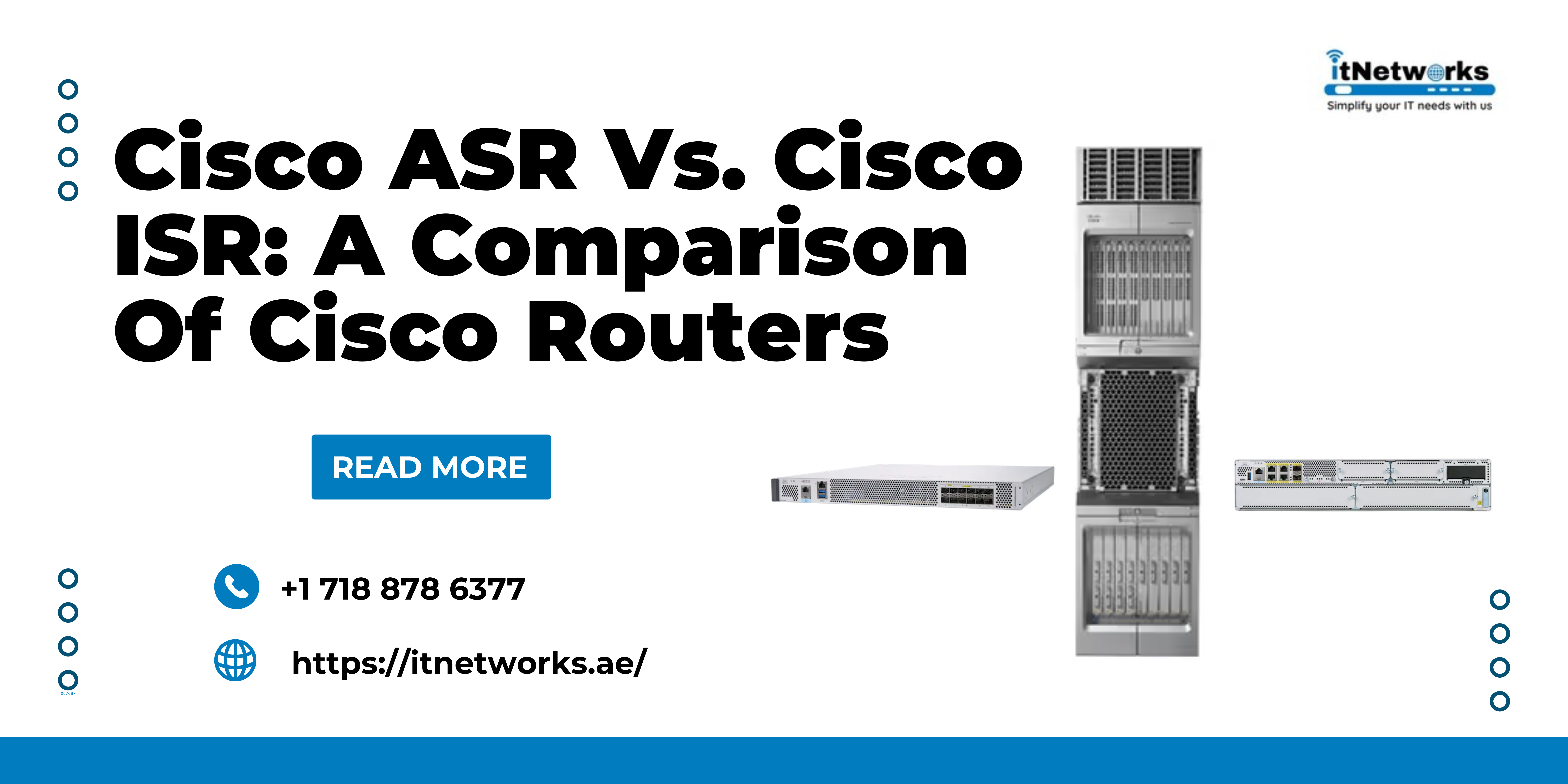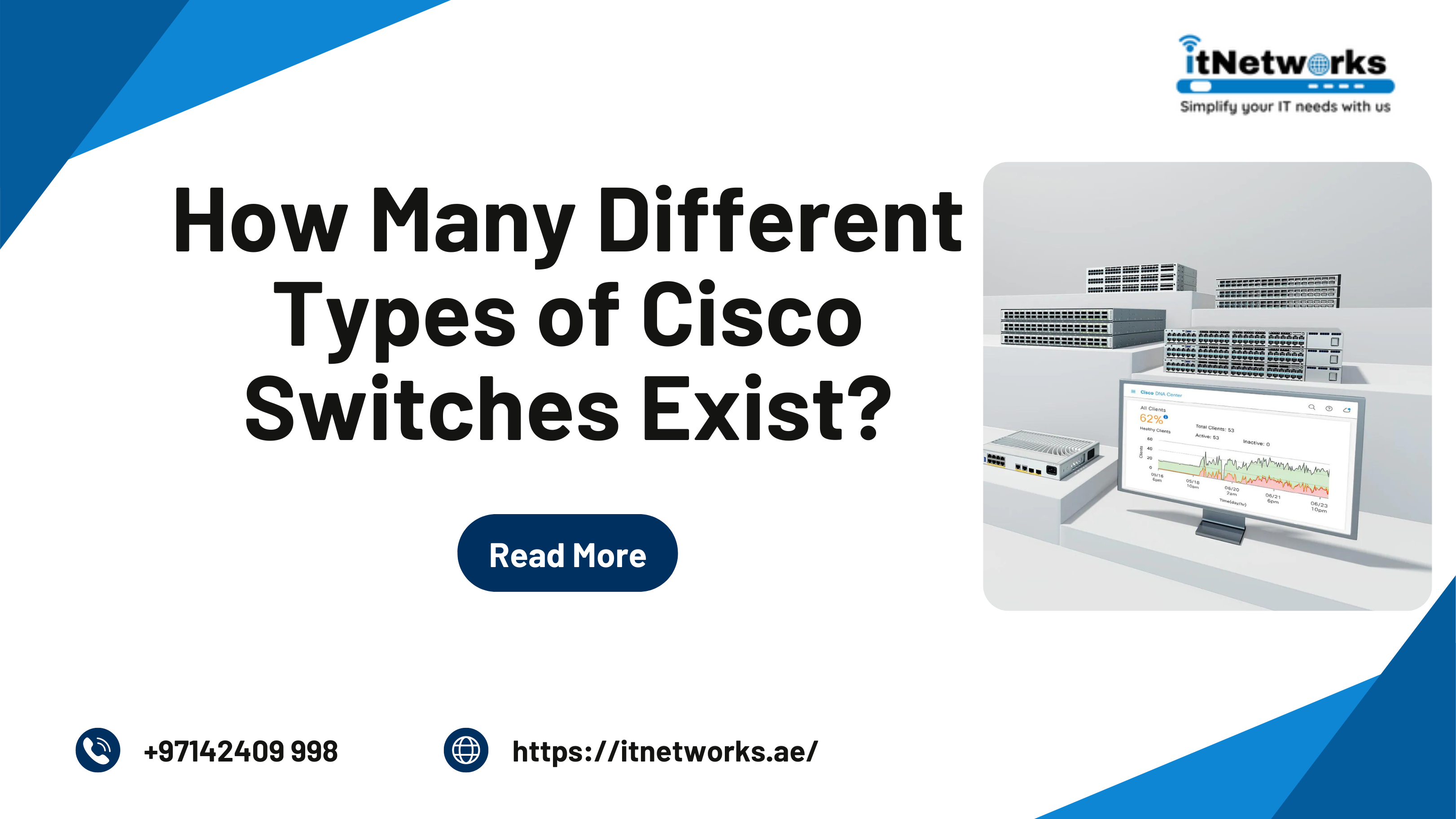Important Things To Know About Switches: How They Function And Their Importance!
Important Things To Know About Switches: How They Function And Their Importance!
As all of you might already know, switches are known to be the key building blocks for any network these days. They are the devices responsible for connecting multiple devices such as wireless access points, computers, servers, and printers, on the same network within a campus or building. In other words, a switch is something that enables all the connected devices in the network to share information and interact with one another without any hindrance whatsoever.
In this blog, we will try and learn about switches in a more detailed manner. First of all, let’s start with the two different types of switches that are available, managed and unmanaged switches.
What are managed switches?
Managed switches are the type of switches that are known to provide users with greater security and much more features and flexibility as users can configure them to fit their requirements. Thanks to this greater control, users are able to protect their network better and at the same time improve the quality of their services for everyone who has access to the network.
What are unmanaged switches?
Unmanaged switches are designed in such a manner that the user can simply plug them in and work, without any configuration required whatsoever. If it is basic connectivity that you require, then unmanaged switches might just be the ideal choice for you. Unmanaged switches are usually seen getting used in home networks mostly, or wherever there are only a few ports required such as in a conference room, in a lab, or your personal desk.
Now that we have gotten the two types of switches out of the way, we can go ahead and look at how network hubs and switches fare against each other.
Switches and network hubs: Comparison
A network hub can be defined as a central connection point for several devices in a local area network, that is, LAN. However, there is a downside to this as the amount of bandwidth users that can be shared on this hub-based network is limited, unlike switches. Moreover, the more devices you add to the network hub, you would notice that the longer it takes the data to reach its rightful destination. On the other hand, when it comes to switches, they avoid all these issues and all the limitations that are associated with network hubs, making switches the better option out of the two.
If you come across a large network, it most probably includes multiple switches that connect different groups of computer systems together. Typically, these switches are connected to a router, allowing all the connected devices in the network to access the internet. There are many brands that deal with switches but a Cisco switch is considered to be one of the best in the business.
How does a router work in a network?
Just like switches are known to allow various devices to communicate with each other in a single network, routers are known for allowing different networks to communicate with one another.
A router can be defined as a networking device, which is known to route data packets between different computer networks. In simpler terms, a router’s main job is to connect networked computers to the internet, so that multiple users can share a connection at the same time. Routers are also known to help connect different networks within an organization or even for connecting the networks of numerous branch locations. Moreover, a router also works as a dispatcher as it directs traffic, choosing the best possible route for information to travel across the network. In this way, a router makes sure that the information is transmitted as efficiently as possible.
Let’s learn how to set up a network switch with the help of a router now.
How is one supposed to set up a network switch with a router?
There might be times when you notice that you need to increase the number of ports that can be plugged into the router. And that is when you must set up a network switch, preferably a Cisco switch, to connect with your router. The network switch you choose is then connected to the router through one of the many ports on the router. In this way, you can easily extend the number of devices that are there in your small office network setup such as printers, laptops, desktop computers, and so on and so forth, that have a wired connection to the internet.
Why Cisco is considered to be the best?
The following are some of the reasons why Cisco switches and other products are considered to be the best.
- They simplify network management by providing easy to use applications and tools while maintaining the wire-speed performance too.
- Cisco is known for providing one of the most intelligent network switches that provide a constantly expanding suite of advanced technologies to simplify, strengthen and extend the value of your network.
So, now that you know all about switches, it is important that you get in touch with a reliable and highly reputed supplier and start reaping the benefits of a Cisco switch.





